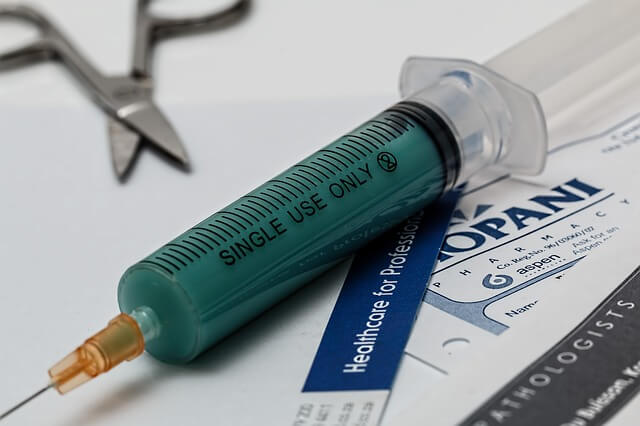
Free Consultation(203) 447-0000

Free Consultation(203) 447-0000

The area of personal injury law is complex and involves multiple categories of injuries and situations that cause injuries. Typically, it means one party being injured by the actions or inactions of another. In most cases, it is easy to identify the at-fault party – like a rear-end collision in a car accident. Other times, it is not as obvious, such as when toxic chemicals cause injuries or illnesses.
Toxic torts are more complicated and often require the assistance of an attorney. Typically, the injuries or damages from toxic chemicals do not appear right away. Sometimes it can be months or years after the fact before someone realizes they are the victim of toxic exposure or harm.
Toxic torts are types of tort cases that involve a person being injured by exposure to a poisonous substance. These instances take many forms. Some examples of when a toxic tort might apply include:
A claim for toxic chemicals or harm caused by a compound can come from the workplace, at home, a product, or a medication. Some of the more common poisonous substances that might lead to an injury lawsuit include:
In some cases, a toxic chemical is a product liability claim while other times it falls under toxic torts. If a product contained a toxic chemical and you were exposed to that product with the compound, it would be a product liability case. A child’s toy made with harsh chemicals that cause brain damage would be a product liability case.
Groundwater contamination would be a toxic tort case because a product itself did not injure you.
A pesticide used for home insect extermination, but later is found dangerous, could be a product liability claim, primarily if the product is sold to consumers.
As the plaintiff in a toxic tort case, you carry the burden of proof. That means you must show three critical factors:
Sometimes, you do not realize that you are the victim of a toxic exposure right away, because some exposures take time before the symptoms manifest.
The bigger the time span between the time you realize you are the victim and the time the exposure occurred makes it harder to find evidence, collect records, and even find witnesses who can testify.
These issues alone make the discovery phase of a lawsuit difficult, and they can create significant time delays. More so, they make it difficult to prove that you have a claim for product liability or toxic tort.
Like all personal injury claims, there is a statute of limitations that you need to consider any time you have a liability claim against another person. This may become an issue if you do not realize that you are the victim of toxic exposure.
In Connecticut, you have a two-year limitation to file your claim. However, the courts may extend it because you have two years from the date you reasonably discovered the injury. Therefore, if you were exposed to a chemical substance but you did not realize that the cause of your injury or illness was from that exposure until one year after the fact, the court would consider the clock to have started from the date of discovery – giving you two years from that date.
If, however, you knew about the exposure, knew it was the cause, and waited past the two-year mark, the court can deny your case. Therefore, the chances of succeeding are minimal.
Every case is unique, and certain issues like the amount of toxicity, the type of toxin, and the way you were exposed all play a role in your claim. Some common problems that may arise include:
Determining who to hold liable and whether you should file a lawsuit in your toxic product case is complicated. You might not know who manufactured the dangerous product, or a third-party could have been responsible.
It is best to speak with an attorney and explore your options. An attorney will review the facts of your case and help decide who might be responsible. In product liability cases, generally, any party involved in the dangerous substance and the supply chain for that product could be named in your lawsuit. This might include:
In a product liability case, strict liability might apply. Strict liability means that the manufacturer owes a duty of care to the public before releasing their products to the consumer market. By not ensuring their product was safe, they are liable.
The compensation value of your case depends on a variety of factors, which is why you need to speak with an attorney to explore your options. Generally, you can receive compensation for your damages and other intangible costs like your physical pain, mental anguish, and emotional suffering.
Some of the compensation you might receive could include:
If you suspect that you are the victim of toxic exposure from a consumer product, the next step is to speak with an attorney. In these types of cases, the sooner you talk with an attorney, the better. Because the longer you wait, the harder it will be to locate witnesses and the evidence necessary to prove your claim.
Contact Berkowitz Hanna today to schedule a no-obligation case evaluation. Call 866-479-7909 or contact us online to get started.
Berkowitz Hanna
